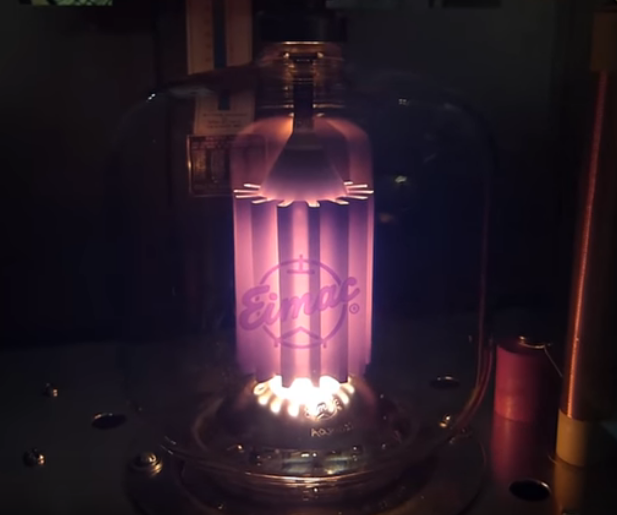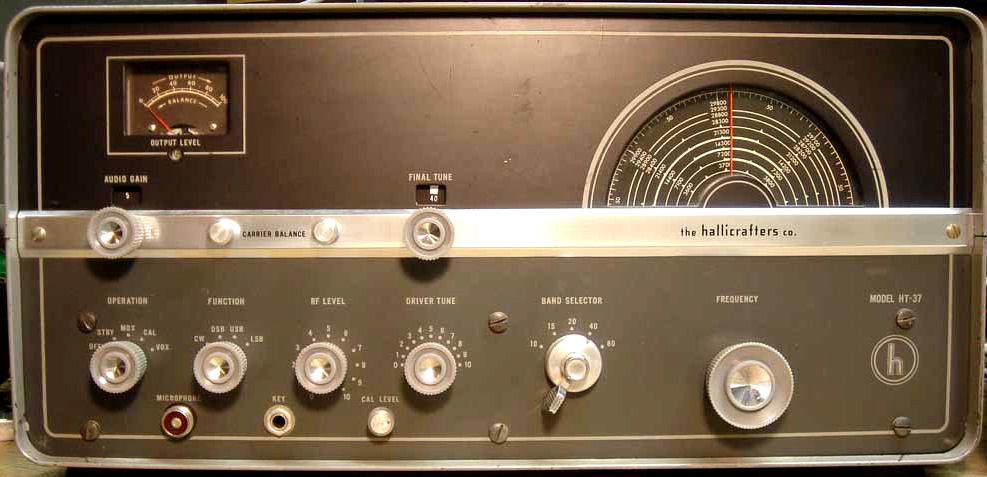Radio was fascinating to me as an nine year old. Dad’s friend Leonard Gardner had a rig of some sort in his car, and I liked that idea. W2QBC was his callsign. When we moved from North Tonawanda in 1959 and wound up in Anaheim California I was beyond alone. I got involved with some neighborhood kid Jerry VanDerVeen that invited me to join the Boy Scouts…. I just turned 13. Got into merit badges and signaling was one that i choose to work on first.
Learning the Morse code was a bit of a challenge, but I took it on. Dad had someone he worked with that set up a meeting with a local ham to test me on receiving and sending code. He said “you’re close to getting 5 words per minute, why don’t you get a ham license?”. The thought had never crossed my mind, but it was interesting and I went for it.
Scott Radio in Long Beach had some inexpensive Short Wave receivers and Dad bought one for me. A Hallicrafters S-53a. Mostly SWL quality, no BFO to receive the dot’s and dashes. But fun to listen in on the 40m band and hear the locals talking on AM with their Heathkit DX-100’s. I was hooked.
Got my Novice license in April of 1961, but no transmitter yet… so waited for a Heathkit DX-40… none were available. Finally wound up with a DX-20 in late May, and began making contacts. Dad bought me a Hallicrafters SX-100 and that was my first fairly decent receiver. Studied like crazy for my General exam and took a day off from school and Henry Louis Coulomb (a true radio name if I ever heard one) K6TGB took me to LA where I could take the test. Took the Tech test in the morning session and having passed took the General test in the afternoon. Had to draw schematics… but I did it. I was WA6QVI by some time in September. I was in the 8th grade at Trident Jr. High… announcement came over the PA and I was discovered having played hookie. But was applauded by many for my achievement.
It turned out that I really liked CW. AM with my DX-40 was not satisfying. Modulation was muddy and I was not happy with it. Started hearing signals on the band that could not be understood. Turned out to be the early adopters of SSB. I bought Don Stoner’s SSB Handbook and read it cover to cover about 5 times. Wore it out and had to buy another copy. But I knew and understood SSB. In 1964 I traded in my DX-40 and bought a Central Electronics 20-A 10W SSB transmitter. It was crystal controlled. A real problem. It didn’t last but I did work the World Fair in Seattle using it on 20m with only 10W SSB.
Career night in High School was something my girlfriend and I ditched. We found an alternative that was more satisfying… Oh those days… But as the high school days drew to a close I became employed in the industries that were to be my future… At Fullerton JC my prof’s would often ask me to tell the class about what I was working on. And Ham Radio was my playground. I constantly pushed the edge of my capabilities, and thus developed a knowledge beyond my age. I completely understood decibels and had built some pretty amazing High Power HF amplifiers. The stuff you read about in QST was what I did most of the time… I had built an Eimac 3-1000Z and used 1/2″ wide silver plated copper strap for low inductance connections to silver plated plug in tank coils wound with 1/4″ silver plated copper tubing and vacuum variable plate tuning for max efficiency. Ran the rig at the limit of my power supply… 2850 Watts input power… and dominated 7225 KHz most evenings. Routinely handled phone patch traffic to Hawaii, and Marie Byrd Land Antarctica. Those boys said I was the consistently strongest signal from North America.




